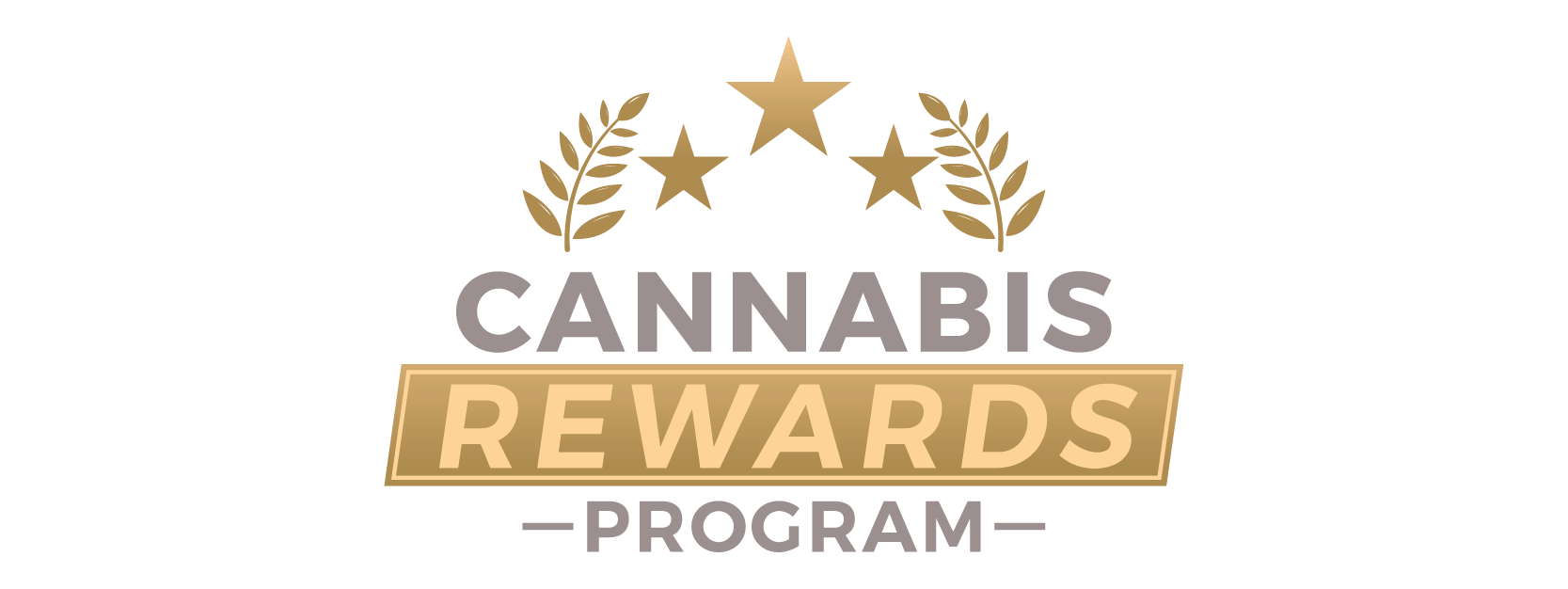In today’s maturing cannabis marketplace, rewards programs are far more than customer retention tools—they are influential levers that shape what products consumers choose and how trends evolve across categories. By analyzing purchasing data tied to loyalty programs, we gain valuable insights into how these programs subtly (and sometimes overtly) guide consumer behavior, drive product trials, and even accelerate category adoption.
The Incentive-Driven Trial Effect
One of the most noticeable correlations between rewards programs and product purchasing is the impact on trial behavior. Cannabis consumers often use loyalty points or discounts to justify exploring unfamiliar product categories or premium tiers. Vape cartridges for example, consistently rank among the most common items purchased with redeemed points. For many consumers—particularly those newer to cannabis or seeking discreet, portable options—vape products represent an accessible entry point. The reduced financial risk through rewards encourages shoppers to sample unfamiliar brands, strains, or oil formulations.
Pre-rolls follow a similar pattern. Dispensaries frequently pair multipack pre-rolls or mini joints with loyalty bonuses or double-points promotions. The result? Customers add these to their carts as low-commitment extras, increasing both basket size and brand exposure. Over time, this pattern reinforces pre-rolls as a staple for casual users who associate loyalty rewards with affordability and convenience.
Edibles: The Loyalty Sweet Spot
Edibles, especially gummies, illustrate how rewards programs accelerate consumer interest in certain form factors. Loyalty programs often tie enhanced incentives to edibles, knowing that their broad appeal spans multiple demographics—from curious newcomers to seasoned users seeking consistent dosing. Customers routinely use points to try higher-potency options, multi-flavor packs, or novel formulations (e.g., vegan, organic, or low-sugar varieties). Dispensaries have learned that featuring edibles in birthday rewards, first-purchase bonuses, or seasonal double-point offers generates a strong return: new customers become repeat buyers, and existing customers diversify their product preferences.
Premiumization Through Points
Another trend marketers and operators track closely is the use of loyalty points for premium flower and concentrates. Accumulated rewards give consumers psychological permission to upgrade to products they might otherwise hesitate to purchase at full price. Small-batch craft flower, exotic genetics, and solventless concentrates (such as live rosin or full-melt hash) are frequently targeted for redemption. This reflects both aspirational shopping behavior and the growing sophistication of cannabis consumers who seek out quality — but appreciate the financial nudge that loyalty points provide.
What’s Popular Now? Loyalty Data Signals Emerging Trends
Rewards-driven purchasing data across several markets reveals the following hot categories:
- Live resin and live rosin vape carts: Solventless and terpene-rich options are driving significant loyalty redemptions.
- Fast-acting beverages: Often paired with loyalty incentives, these drinks appeal to both social and wellness-oriented consumers.
- Functional edibles: Products with added CBN, CBG, or adaptogens see higher redemption rates as consumers prioritize targeted effects like sleep, relaxation, or focus.
Strategic Takeaways for Cannabis Marketers
The key lesson for cannabis marketers is that loyalty programs are not just about rewarding past behavior — they’re potent drivers of future purchasing patterns. When rewards are paired with thoughtful product curation, they encourage trial, accelerate adoption of emerging categories, and help move inventory in strategic ways. Marketers who actively analyze loyalty redemption data can fine-tune their promotional tactics, identify opportunities for cross-selling, and even shape consumer preferences in a crowded marketplace.
In short, loyalty programs don’t simply reflect what’s popular — they help define it.

